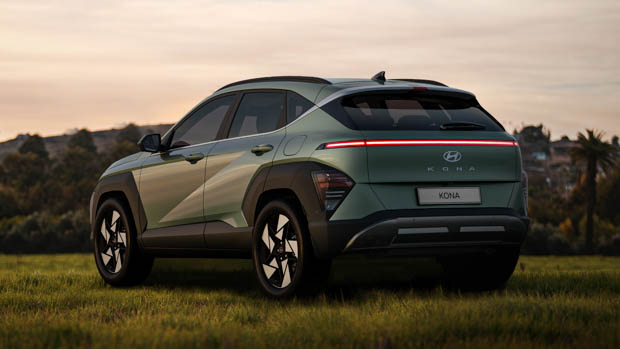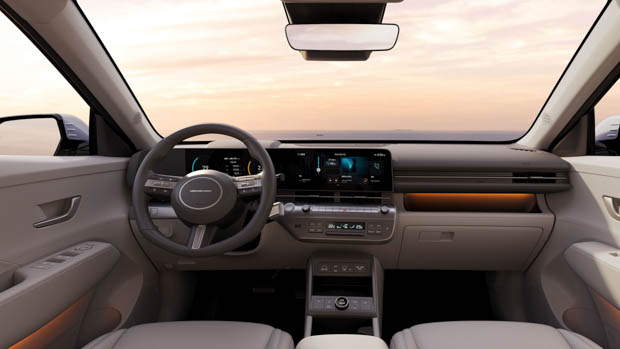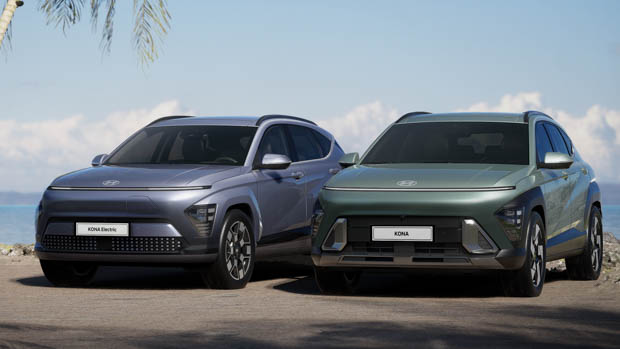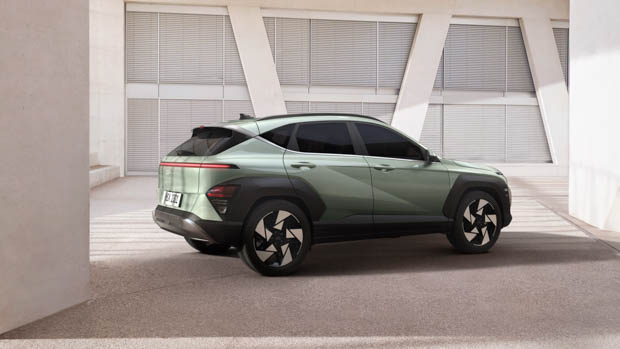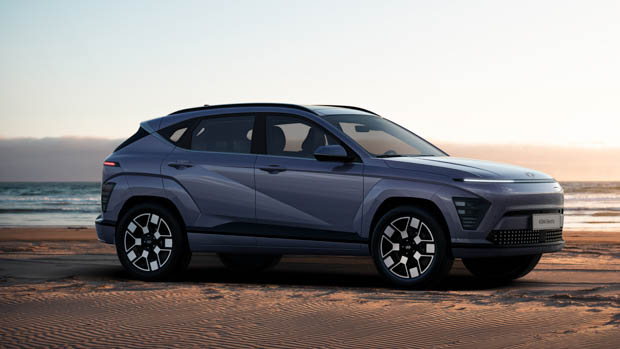-
Car Reviews
- All reviews
- Midsize SUVs
- Small cars
- Utes
- Small SUVs
- Large SUVs
- Large cars
- Sports SUVs
- Sports cars
- Vans
Latest reviews
- Car News
-
Car Comparisons
Latest comparisons
- Chasing Deals
The new Hyundai Kona will grow a size larger in its second generation but the inbound small SUV promises to be more practical and convenient than ever
Hyundai has confirmed a range of improvements made to its second-generation Kona small SUV, detailing its increased practicality, convenience features and safety technology.
As stated in our previous article, the petrol and petrol-hybrid variants will arrive from mid-2023 while the fully-electric variants will arrive later between October and December.
Designers have sought to increase the versatility of the Kona’s cabin as more modern small SUVs such as the Toyota Corolla Cross and Skoda Kamiq offer increased backseat room to add more of the practicality traditionally offered by a larger midsize SUV.
Sitting on a 2600mm wheelbase, 60mm longer than its predecessor, the Kona offers 77mm more legroom, with the additional space also credited to the slim design of the seat. Rear occupants will also benefit from 11mm more headroom and Hyundai claims the second-row shoulder room is best in class at 1402mm.
Hyundai has detailed in its global release many of the features that will be available and while these have not been specifically confirmed for the Australian market, it’s safe to assume that most, if not all, will make their way down under.
Along with features that we’ve come to expect from a modern small SUV, such as a wireless charger and ambient lighting, Hyundai has focused on making the Kona more convenient to live with.
This includes the integration of over-the-air update functionality, a seat position memory function, remote parking and the ability to unlock the car using either a smartphone or smartwatch.
Other notable features include huge dual 12.3-inch screens in the cabin, a height-and speed-adjustable power tailgate and the yet-to-be-detailed ‘comfort seat option’, which is said to help alleviate fatigue on long trips.
Hyundai has confirmed that the Kona will feature driver assistance safety technology such as forwards and reversing AEB, blind-spot, driver attention monitoring, a 360-degree camera, rear cross-traffic alert and collision avoidance along with safe exit assistant.
The Kona’s adaptive cruise control will also tap into the car’s navigation system to better respond to its surroundings. For example, it will speed up when joining the highway where a higher speed limit is posted or slow down for an upcoming corner.
Hyundai has confirmed the outputs of its trio of four-cylinder engine options though not for the full-electric versions.
The 2.0-litre naturally aspirated engine produces the same 110kW of power and 180Nm of torque as the outgoing generation, and is paired to a CVT transmission.
The 146kW/265Nm 1.6-litre turbocharged engine, likely to be found in the N Line variants, also doesn’t see a bump in output. The Kona’s hybrid option uses a naturally aspirated version of this engine mated to an electric motor with a total system output of 104kW/265Nm.
Further mechanical and performance details have not been disclosed but Hyundai has said more information on the Kona range will be released in March.
Latest news
About Chasing cars
Chasing Cars reviews are 100% independent.
Because we are powered by Budget Direct Insurance, we don’t receive advertising or sales revenue from car manufacturers.
We’re truly independent – giving you Australia’s best car reviews.
